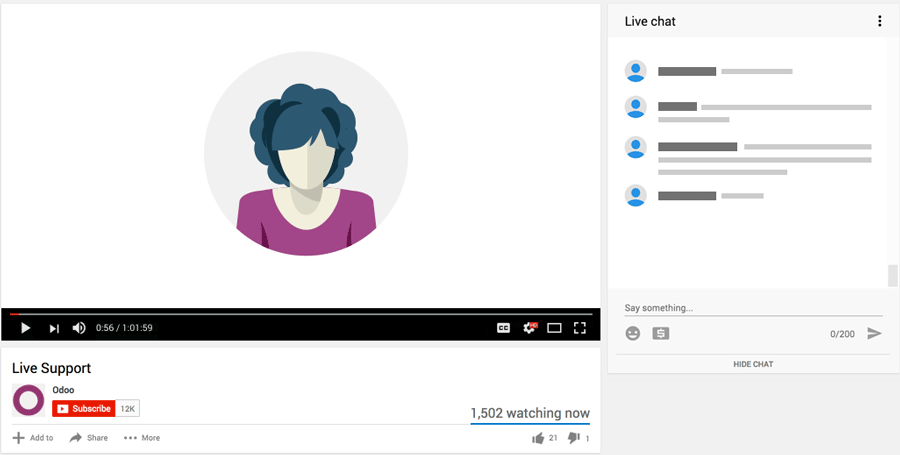Recently, we began upgrade testing for one of our customers and I was quite surprised by the response we received from Odoo regarding a tax report issue.
In version 18, Odoo introduced several new tax reports as part of the Canadian localization. However, instead of mapping historical accounting entries to make them compatible with the new tax reports, Odoo created duplicate tax records to apply the correct tax grids going forward.
I raised this issue in a support ticket, pointing out the potential problems this approach could cause for historical data consistency and reporting accuracy and I was quite shocked by the reply I received from Odoo.
Hello,
I hope you are doing well.
As I already explained before, the report balance is calculated based on the tag grid which is set in the tax.
All the taxes from the previous version are removed, but they are still present in your database because they were used in different journal entries.
This is standard behavior, and therefore the taxes you see are not duplicates.
The new taxes come with a new tag grid set according to our standard.
Since these new taxes have not yet been used in any journal entries, the balance in the report appears as null.
For example, you can check both old and new taxes.
old_tax:- GST for sales - 5% (MB),GST for sales - 5% (QC)
new_tax:- 13% HST,15% HST,6% PST SK R
If you still have any doubts, please do not hesitate to reach out to me.
I am not sure it's normal. If you upgrade in the middle of fiscal year not having visibility of taxes does't make any sense.
